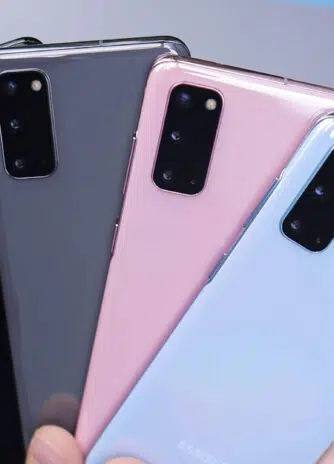OpenAI has begun rolling out a new group chat feature for ChatGPT, launching a pilot program across Japan, New Zealand, South Korea, and Taiwan. The update allows users to collaborate directly inside the app through shared conversations — a first for the platform.
The feature is currently available to Free, Plus, and Team users on both mobile and web. OpenAI says this limited release is meant to observe how people naturally use group interactions in ChatGPT before expanding the experience globally.
This move follows earlier reports that OpenAI had been experimenting with direct-message-style tools. According to the company, the new group chat option marks just “a small first step” toward building more communal and collaborative experiences within ChatGPT. Early adopters will be encouraged to send feedback to help shape the next stages of development.
OpenAI emphasizes that personal chats and ChatGPT’s memory remain fully private. Group conversations are invitation-only, and participants are free to leave whenever they want. Most members can remove others from a group, though the creator cannot be removed and may exit only by choice. For users under 18, additional content filters, safeguards, and parental controls are automatically applied.
Creating a group chat is simple: tap the people icon and add participants or share a link for others to join. Groups can include between one and 20 members. When someone new is added to an existing one-on-one chat, ChatGPT automatically creates a brand-new group so the original conversation stays intact. Each group has a small profile section, and all chats are neatly organized in a labeled sidebar.
Functionally, group chats mirror standard ChatGPT conversations — just with multiple voices. GPT-5.1 Auto powers the exchanges and still supports search, image generation, file uploads, and dictation. Usage limits only apply when ChatGPT responds; messages between human participants don’t count.
To make group interactions feel more natural, ChatGPT has been updated with new “social skills.” It knows when to join the discussion and when to step back, and users can @-tag “ChatGPT” to prompt a response. The assistant can also react with emojis and generate personalized images using participants’ profile photos.
The feature is part of OpenAI’s broader shift toward building more social, interactive layers around its technology. In late September, the company also introduced Sora 2 — a standalone social app featuring a TikTok-like feed for sharing AI-generated videos, complete with recommendations, parental controls, and direct messages.
We have helped 20+ companies in industries like Finance, Transportation, Health, Tourism, Events, Education, Sports.












